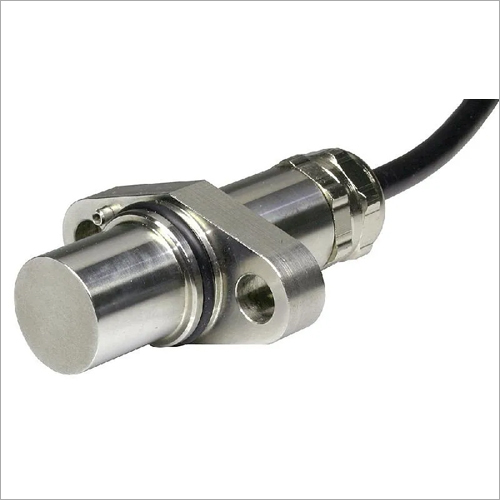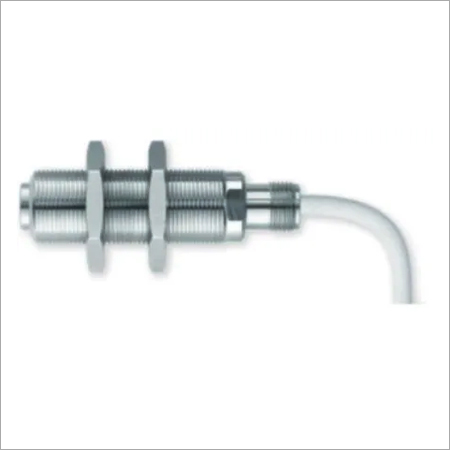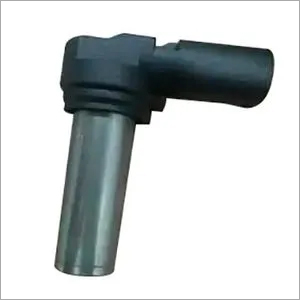PT1000 Temperature sensor
Product Details:
PT1000 Temperature sensor Price And Quantity
- 50 Number
- 300.0 INR/Number
PT1000 Temperature sensor Trade Information
- Cash in Advance (CID)
- 1000 Number Per Week
- 4 Week
- Yes
- Western Europe
- All India
Product Description
A PT1000 is a platinum resistance temperature detector (RTD), where:
-
"PT" stands for platinum (used as the sensing material),
-
"1000" indicates the resistance of 1000 Ohms at 0C.
This sensor works based on the principle that the electrical resistance of platinum increases with temperature in a predictable way.
Key Characteristics:
| Parameter | Description |
|---|---|
| Material | Platinum |
| Nominal Resistance | 1000 at 0C |
| Temperature Range | -40C to +600C |
| Accuracy | Defined by IEC 60751 (commonly Class A or B) |
| Linearity | Nearly linear, better than thermocouples |
How It Works:
-
As temperature rises, the resistance of the platinum element increases.
-
This resistance change is measured and converted into temperature using a calibration table or a conversion equation
Advantage: PT1000 sensors require less compensation for lead wire resistance, especially important in 2-wire and 3-wire configurations.
Common Applications:
-
Industrial automation: Monitoring motor and transformer temperatures.
-
HVAC systems: Air and water temperature control.
-
Medical devices: High-accuracy patient and equipment monitoring.
-
Automotive: Engine and battery thermal management.
-
Consumer appliances: Ovens, washing machines, and HVAC units.
Configuration Types:
-
2-wire: Simplest but affected by lead wire resistance.
-
3-wire: Common in industrial setups to compensate for lead resistance.
-
4-wire: Most accurate, used in laboratories and calibration systems.
The PT1000 sensor is a precise, stable, and reliable temperature measurement device. It's ideal for applications requiring high accuracy and minimal impact from lead wire resistance. It is often chosen over PT100 for remote sensing in noisy environments due to its better signal-to-noise performance.
2 wire configuration is typically used in electrical motor winding temperature detection for industrial recreational and EVs. comes with 2 pole standard connector. special connectors can be supported as per the users request with actual price
3 wire configuration is used to detect the temperature of transformer winding temperature measurement due to the compensation present in it. special connectors are available upon request.

Price:
- 50
- 100
- 200
- 250
- 500
- 1000+
Other Products in 'Sensor' category
GST : 33BGNPM2649M1ZW
 |
TECHNOCRAT ENGINEERING AND SOLUTIONS
All Rights Reserved.(Terms of Use) Developed and Managed by Infocom Network Private Limited. |








